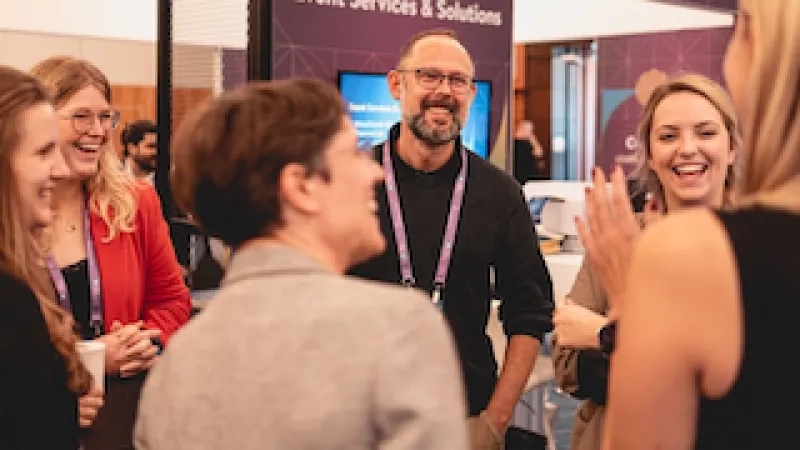The vast majority of survey research projects are studies at a single point in time of a specified population, such as employees, customers or the general public. Fewer web survey designs track opinions over time. This post outlines the different types of surveys carried out by researchers.
Point-in-time surveys are called cross-sectional studies. They study a single population or sample size during a single specified time-frame and give us a “snapshot” of opinion data. Cross-sectional surveys comprise the largest number of projects that are undertaken.
Longitudinal surveys, on the other hand, are those which study trends over time, and usually consist of cohorts or panel respondents. These can be further classified into three distinct types of longitudinal designs (trend, cohort, and panel).
Trend studies focus on the same population of people use opinion poll surveys to look at their attitudes over time. While the population is always the same, trend studies usually select different market research survey samples from that population.
Cohort research is a method in which a specific population is studied repeatedly as well, but these studies center around how given groups with a common characteristic view social phenomena over time. A common cohort design uses a class of students as its population. For example, the freshman class of 2008 would be given a survey, and then the freshman class of 2009 at the same school would be given the same survey, and any differences in opinion would be noted.
Panel studies utilize the same sample from the same population over time. While more complicated and difficult to carry out, this is the best design to truly find out changes over time, because you are tracking opinions of the exact same respondents repeatedly.
Learn more about survey types and survey design here.
By Tyson Gingery




